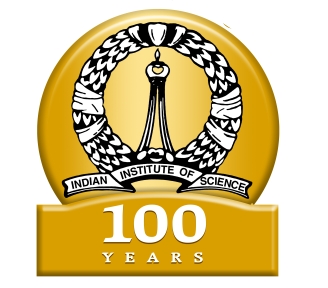![]() Abstract
Abstract
There is a growing interest in management
of MSW through micro-treatment of organic fraction
of municipal solid wastes (OFMSW) in many cities of
India. The OFMSW fraction is high (>80%) in many
pockets within South Indian cities like Bangalore,
Chikkamagalur, etc. and is largely represented by
vegetable, fruit, packing and garden wastes. Among
these, the last three have shown problems for easy
decomposition. Fruit wastes are characterized by a large
pectin supported fraction that decomposes quickly to
organic acids (becomes pulpy) that eventually slow
down anaerobic and aerobic decomposition processes.
Paper fraction (newsprint and photocopying paper) as
well as paddy straw (packing), bagasse (from cane juice
stalls) and tree leaf litter (typical garden waste and street
sweepings) are found in reasonably large proportions in
MSW. These decompose slowly due to poor nutrients or
physical state.We have examined the suitability of these
substrates for micro-composting in plastic bins by
tracking decomposition pattern and physical changes.
It was found that fruit wastes decompose rapidly to
produce organic acids and large leachate fraction such
that it may need to be mixed with leachate absorbing
materials (dry wastes) for good composting. Leaf litter,
paddy straw and bagasse decompose to the tune of 90,
68 and 60% VS and are suitable for composting microtreatment.
Paper fractions even when augmented with
10% leaf compost failed to show appreciable decomposition
in 50 days. All these feedstocks were found to
have good biological methane potential (BMP) and
showed promise for conversion to biogas under a mixed
feed operation. Suitability of this approach was verified
by operating a plug-flow type anaerobic digester where
only leaf litter gathered nearby (as street sweepings) was
used as feedstock. Here only a third of the BMP was
realized at this scale (0.18 m3 biogas/kg VS 0.55 m3/kg
in BMP). We conclude that anaerobic digestion in
plug-flow like digesters appear a more suitable microtreatment
option (2–10 kg VS/day) because in addition
to compost it also produces biogas for domestic use
nearby.
Keywords : Micro-treatment .MSW. OFMSW.Biogas . BMP. Micro-composting
![]()
Environ Monit Assess DOI 10.1007/s10661-007-9711-5 |
Received: 23 June 2006 / Accepted: 14 November 2006  |



